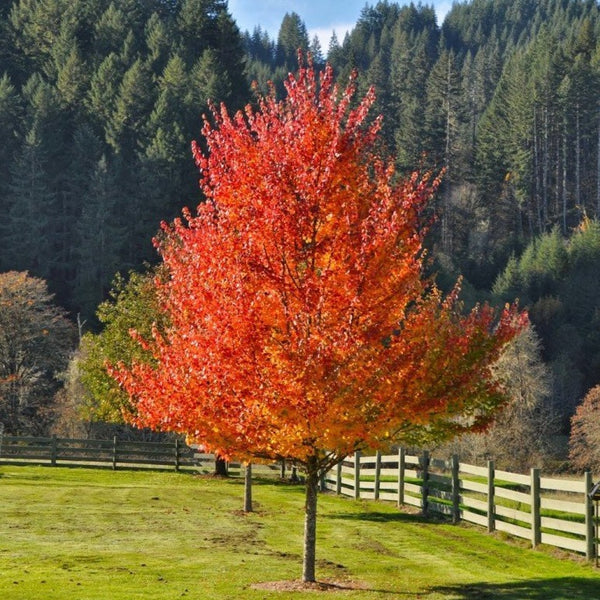

How to Prune Our company has also conducted a study on wound closure which is available on our web site : How To - Identify, Prevent and Control Oak Wilt, USDA, Forest Service, NA-FR-01-11 The Dutch Elm Disease,David French, Mark Ascerno, Ward Stienstra, Minnesota Extension Service, University of Minnesota, AG-BU-0518, Revised 198-0Ĭankers on Locust Trees Diseases of Tree Bark | .uk 809, September 2000īlack Knot of Plum and Cherry, Agriculture and Agri-Food Canadaīlack Knot Diseases of Plums and Chokecherries, NDSU Extension Service Ask Extension Database, NDSU Extension Service trees/maple/maple-diseases-maple-sapstreak.aspĭiseases of Sugar maple Diseases of Sugar Maple | ĭisease Control in Cheries, Plums and Other Stone Fruits, NDSU Black Knot of Plums and Cherries, Department of Crop Sciences, University of Illinois At Urbana-Champaign,RPD No. Silver Leaf Sapstreak Disease of Sugar maples Silver Leaf Disease in Fruit Trees P.Larkin Hedges.ie How To Prune Pruning to Prevent Silver Leaf HortFACT - Pruning to prevent silverleaf Healinf of Wounds on Trees, Dan Neely, Journal of American Society of Horticukltural Science (95(5):536-540 Lewis, July 1987,Vol.13, No.7 - Journal of Arboriculture Tree Susceptability, Inoculum Availibity and Potential Vectors in a Texas Oak Wilt Center, D.N. Appel, Todd Watson, Arboriculture and Urban Forestry 2007 33(2):132-139 Studies on Pruning Cuts and Wound Dressings for Oak Wilt Control, Kim Camilli, david N. Overland Spread of the Oak Wilt Fungus in Minnesota, Journal of Arboriculture 11(11):November 1985, Jennifer Juzwik,D.W. Silver Leaf Disease of Trees and Shrubs, Agiculture and Agri-Food Canada Stack Diseases of Apples and Other Pome Fruits Here is a partial list of studies and/or guides that support the use of Tree Wound Dressings.ĭiseases of Apples and other Pome Fruits, N.D.S.U, H.Arthur Lamey, Robert W. No matter which product you choose, remember that it should be applied as soon as possible after wounding or pruning, and in a thin yet complete, coating - More is Not Better! They offer no additional benefit than the asphalt emulsion pastes, but the solvents used make them unuseable for grafting because they can (minimal) damage the cambian layer., and they are not as convinient or fast drying as the aerosols. The liquid asphalt type sealers (non-emulsion), in my opionion are the last choice. care should be taken to get the material on the edges of the wound to control dieback, but NOT thickly! If it is applied to thickly it can lift off and create a "pocket", this is where the problems that have been related to use can develope. It is VERY important when using this type especially to apply the wound dressing in as thin a coating as possible while getting complet coverage. The asphalt emulsion wound dressings, have been shown to reduce dieback, offer good protection, are safe for use in grafing, but take longer to dry and to apply. Aerosol Tree wound dressing provide good coverage and protection from disease but due to the solvents the can not be used to seal grafts. I would like to point out that our product, Treekote, contains more asphalt (35%) than any of the other brands that we have compared it to (16%). The aerosol types are an asphalt cutback which results in a fast drying easy application. Of the aspahltic types there are the aerosol asphalt, asphalt emulsions (modified asphalt so that it is water soluable), and liquid asphalt. There are three basic types of aspahltic tree wound dressings as well as a couple of other types which I am not very familiar with. First, let me let you know that our company manufactures Treekote Tree Wound dressing. It is these pockets that can serve as host sights for pathogens.

If Tree Wound Dressings are applied in a thick coating, when the tree wound begins to callus over it can "lift: the layer of Tree Wound Dressing off of the tree, creating a pocket behind the layer of Tree Wound Dressing. The tree will naturally compartmentalize the exposed area from within so there is no need to re-apply Tree Wound Dressing after the initial application it will do no good. When a tree is pruned or wounded, insects often feed on the sap at the exposed area and can spread harmful pathogens, and pathogens can also be spread through the air. The negatives associated with Tree Wound Dressings result from missue, specifically too thick of an application - more is NOT better! Recent studies have PROVEN that tree wound dressings help control the spread of tree diseases and reduce dieback (which is not really a concern with this type of pruning). A thin coating of Tree Wound Dressing should be applied immediately or as soon as possible after the pruning is done. In reply to your question about applying Tree Wound Dressing, the answer is yes.


 0 kommentar(er)
0 kommentar(er)
